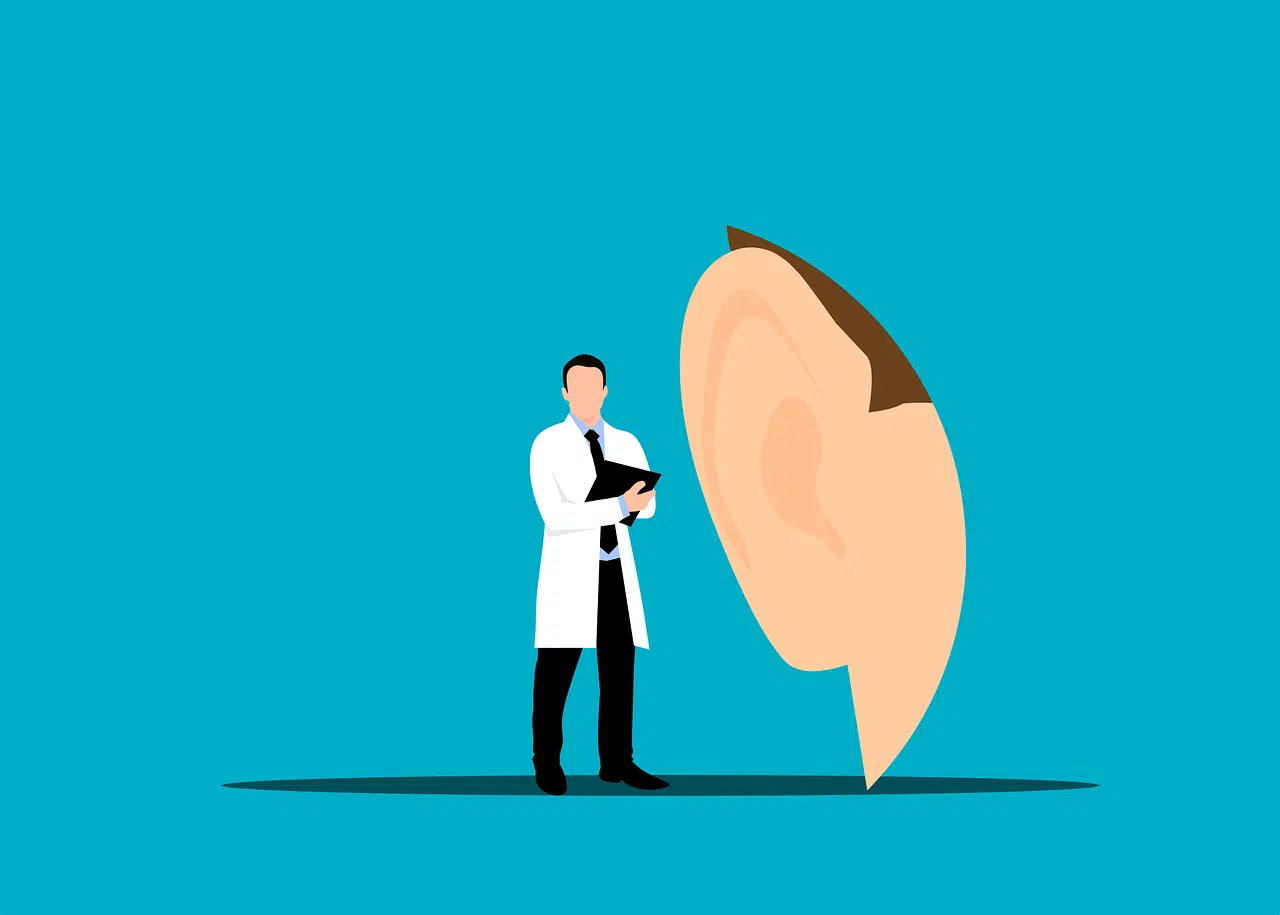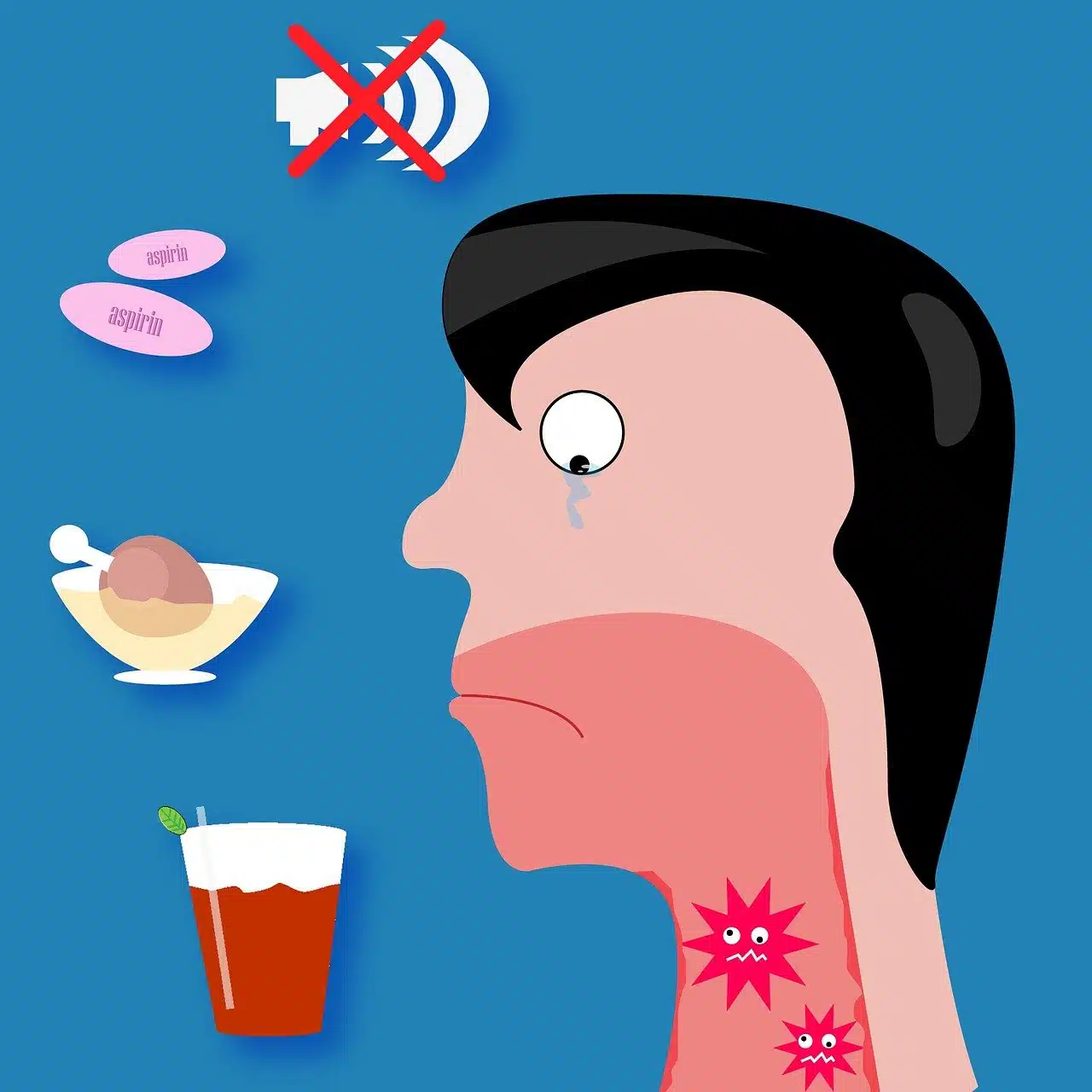
Otorhinolaryngology is the branch of medicine focused on ailments of the ear, nose and larynx.
Otorhinolaryngology is the branch of medicine that focuses on the treatment and analysis of diseases that can affect and/or develop in the ear, nose and larynx area. The origins of this discipline date back to 2,500 BC. C. , although as a medical specialty it only became popular and recognized in the 19th century .
The etymological origin of this word is very complex as it is made up of several clearly delimited parts, all of which come from Greek. Specifically, we can determine that it has been formed from the union of the following words: otos , which means "ear" ; rinos , which can be translated as "nose" ; laryngos , which is equivalent to "throat" ; logos , which can be defined as "word" ; and the suffix -ia , which translates as "quality."
Thus, from the sum of all these components we can finally determine that the term we are analyzing would be the science that is responsible for studying diseases that have to do with the ear , nose and throat .
Origins of otorhinolaryngology
Experts in this area say that, according to certain documents, the Egyptians and Indians already had experience in interventions carried out with the purpose of reconstructing noses and ears. Little by little, science advanced to the development of complex devices that allow the care of these parts of our body.
The Spanish baritone Manuel Vicente García ( 1805 – 1906 ) was the one who invented the laryngoscope, a key device in the promotion of otorhinolaryngology. His interest in the larynx, in reality, was not medical, but rather he sought to analyze the technique of singing. It was the German doctor Johann Czermak ( 1828 – 1873 ) who perfected García 's creation.
Two important figures mentioned in the medical field that we are addressing but who, however, have not been the only ones who have left their deep mark on it. Likewise, we could also highlight the role played by other characters, such as the British FC Rein , for example, who at the beginning of the 19th century developed a series of trumpets with the clear objective of improving hearing in people who suffered from chronic hearing loss disease. progressive hearing loss, called hearing loss .
In the same way, we can highlight the role played in otorhinolaryngology by Maurice H. Cottle , who was the most important nasal surgeon of the 20th century , or by Chevalier Jackson who not only carried out the invention of the bronchoscope but is also considered as one of the fathers of the so-called American laryngology.
The laryngoscope allows examination of the glottis and vocal cords . It has a slat to remove the tongue , which is topped with a light for easy viewing, and a handle to manipulate the device.

Throat problems are treated by otorhinolaryngology.
Subspecialties
It is interesting to mention that otorhinolaryngology has multiple subspecialties. One of them is phoniatrics , which studies variations in the articulation and formation of language. Audiology (analyzes hearing disorders, such as deafness and hearing loss), rhinology (dedicated to nasal conditions, including allergic processes), otoneurology (pathologies linked to vertiginous processes) and laryngology (conditions of the larynx that alter the voice) are other of these subspecialties.
It should be noted that otorhinolaryngologists can work together with dentists and other specialists, depending on the type of disorder each patient suffers from.
